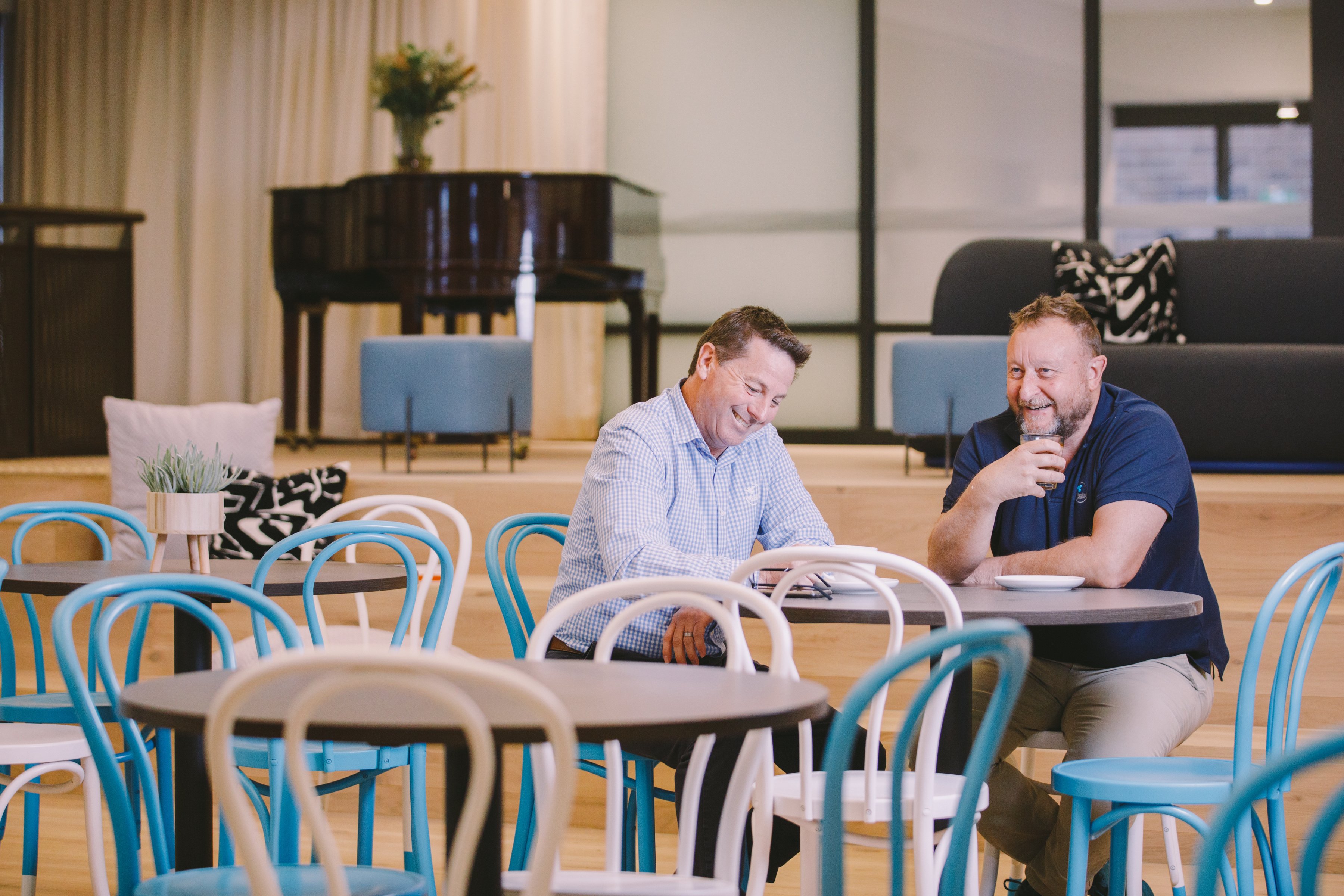About housing and homelessness
At Wesley Mission, we provide a range of housing and homeless support and services.
- We provide accommodation services to individual adults and families experiencing or at risk of homelessness.
- We also offer case management support for people who are experiencing homelessness or at risk of becoming homeless.






